Every year, Apple shares information about how big the install base is for its iOS and iPadOS operating systems. In this respect, the giant can boast quite decent numbers. Since Apple products offer long-term support and new versions of operating systems are available practically immediately for everyone, it is not surprising that the situation is not bad at all in terms of adapting new versions. This year, however, the situation is a little different, and Apple indirectly acknowledges one thing – iOS and iPadOS 15 are not so popular among Apple users.
It could be interest you
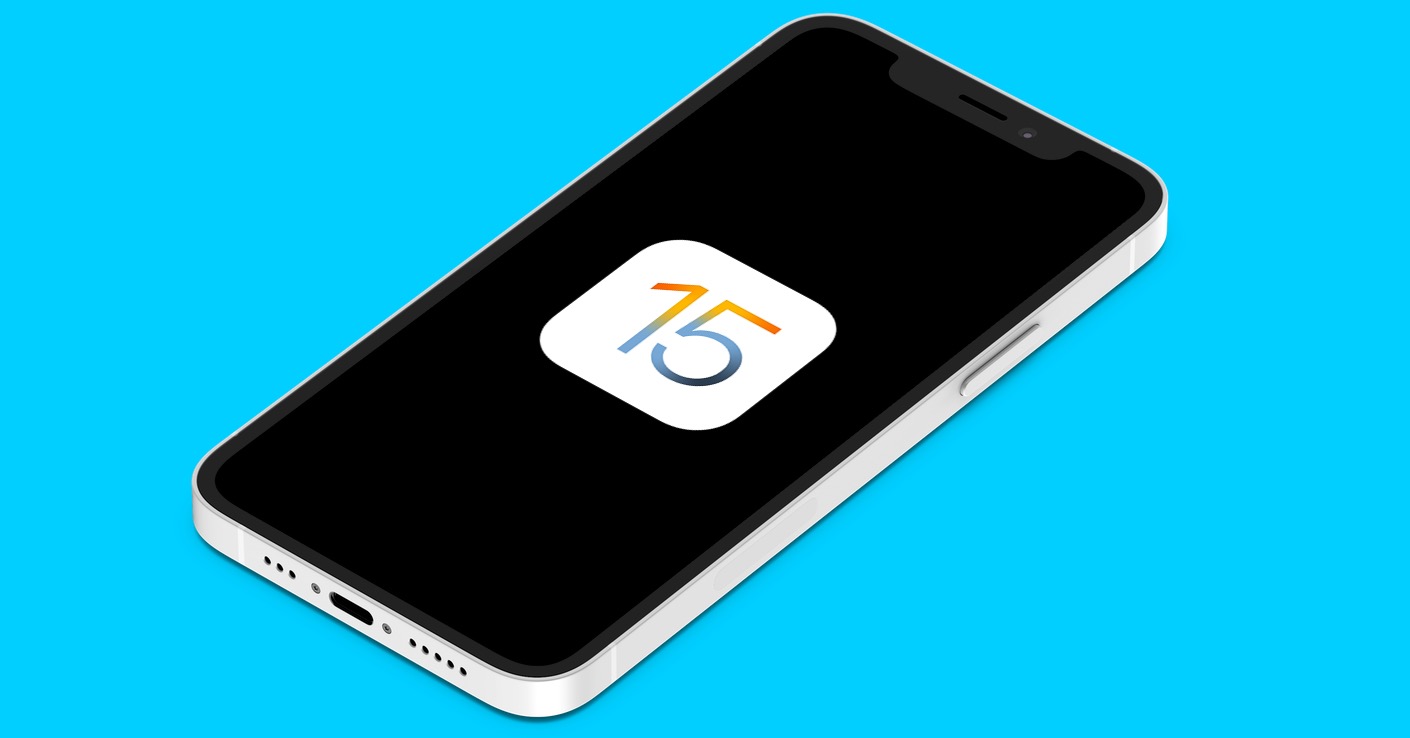
According to newly available data, the iOS 15 operating system is installed on 72% of devices introduced during the last four years, or on 63% of devices overall. iPadOS 15 is slightly worse, with 57% on tablets from the last four years, or 49% of iPads in general. The numbers seem to be slightly smaller and it's not entirely clear why that is. In addition, when we compare it with previous systems, we will see relatively large differences. Let's take a look at the previous iOS 14, which after the same period was installed on 81% of devices from the last 4 years (72% overall), while iPadOS 14 also fared well, arriving on 75% of devices from the last 4 years ( overall to 61%). In the case of iOS 13, it was 77% (70% in total), and for iPads it was even 79% (57% in total).
However, it should be noted that this year's case is not entirely unique, as we can find one similar case in the company's history. Specifically, you only need to look back to 2017 for the adaptation of iOS 11. Back then, the aforementioned system was released in September 2017, while data from December of the same year shows that it was installed on only 59% of devices, while 33% still relied on the previous iOS 10 and 8% even on even older versions.
Comparison with Android
When we compare iOS 15 with earlier versions, we can see that it lags far behind them. But have you thought to compare the installation bases with competing Android? One of the main arguments of Apple users towards Android is that competing phones do not offer such long support and will not help you much in installing new systems. But is it even true? Although some data is available, one thing needs to be mentioned. In 2018, Google stopped sharing specific information about the adaptation of individual versions of Android systems. Fortunately, this does not mean the end for good. The company nevertheless shares updated information from time to time through its Android Studio.
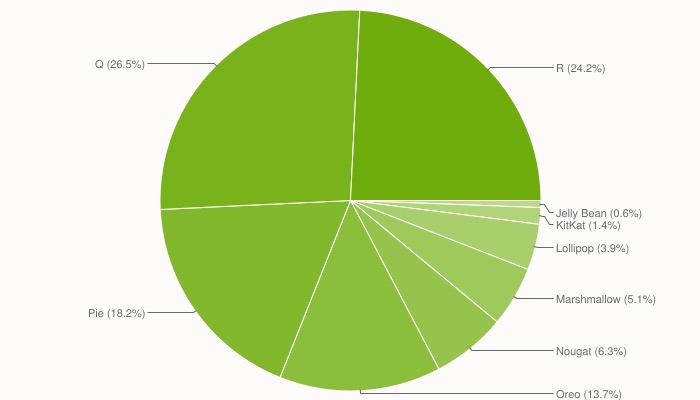
So let's look at it right away. The latest system is Android 12, which was introduced in May 2021. Unfortunately, for that reason, we do not have any data on it for now, so it is not clear what kind of install base it actually has. But this is no longer the case with Android 11, which is more or less a competitor to iOS 14. This system was released in September 2020 and after 14 months was available on 24,2% of devices. It didn't even manage to beat the previous Android 10 from 2019, which had a 26,5% share. At the same time, 18,2% of users still relied on Android 9 Pie, 13,7% on Android 8 Oreo, 6,3% on Android 7/7.1 Nougat, and the remaining few percent even run on even older systems.
It could be interest you
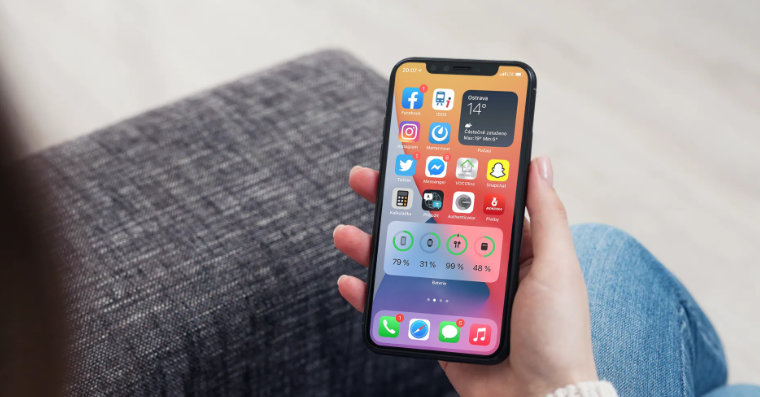
Apple wins
When comparing the mentioned data, it is clear at first glance that Apple wins by a wide margin. There's really nothing to be surprised about. It is the Cupertino giant that has this discipline much easier compared to the competition, as it has hardware and software under its thumb at the same time. It's more complicated with Android. First, Google will release a new version of its system, and then it is up to the phone manufacturers to be able to implement it in their devices, or to adapt them slightly. That's why there is such a long wait for new systems, while Apple just releases an update and lets all Apple users with supported devices install it.
It could be interest you

 Flying around the world with Apple
Flying around the world with Apple 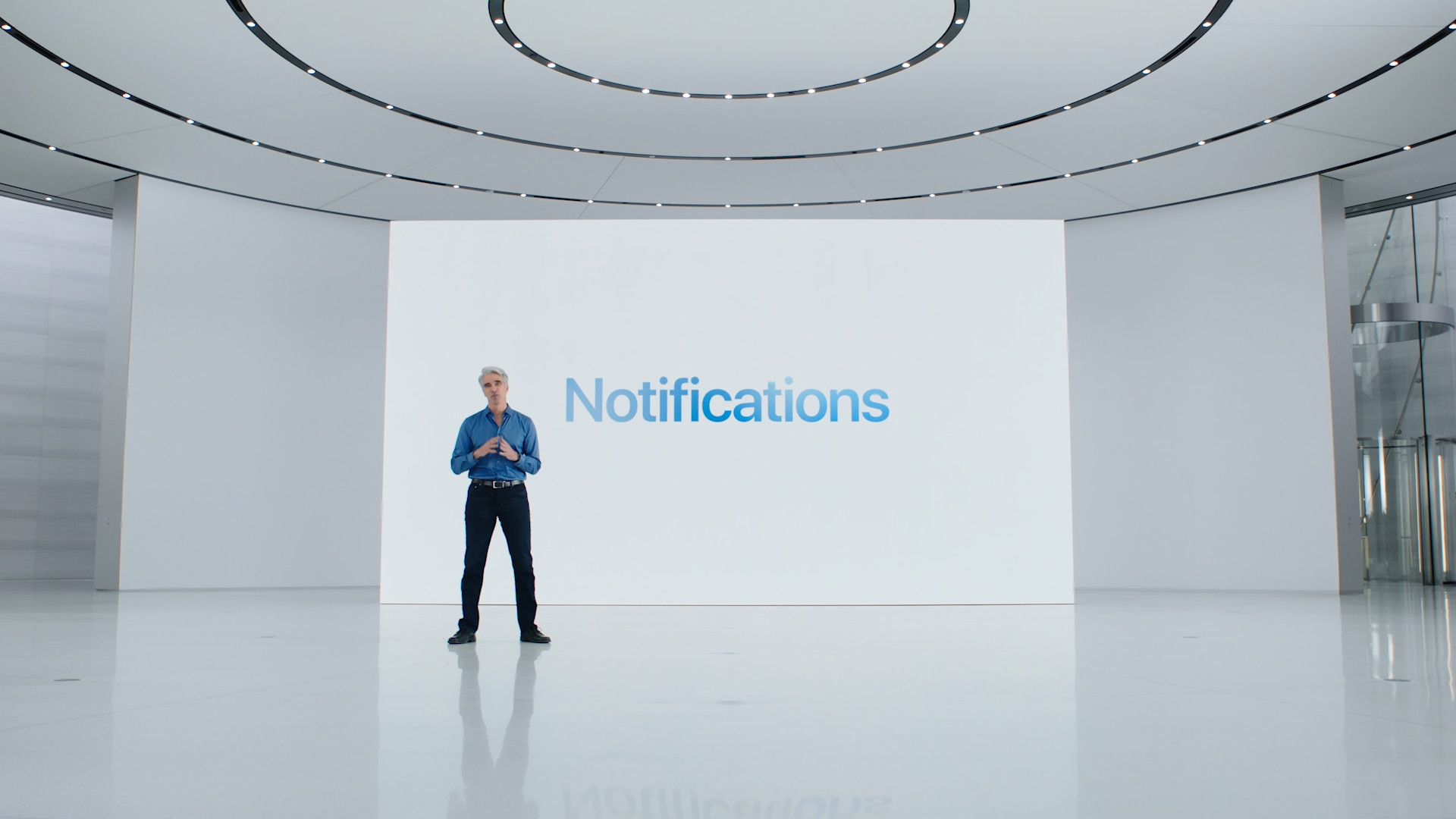


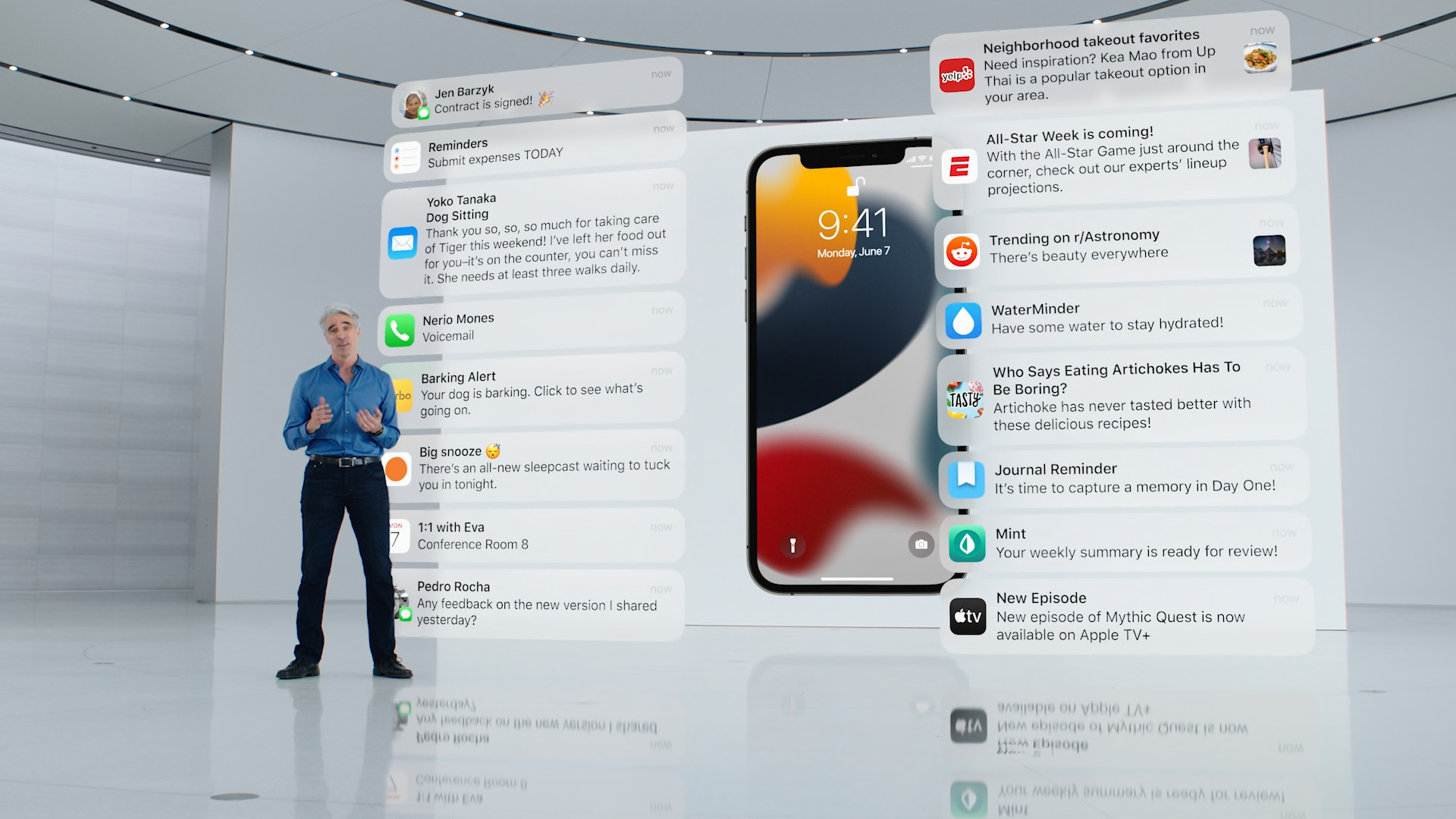
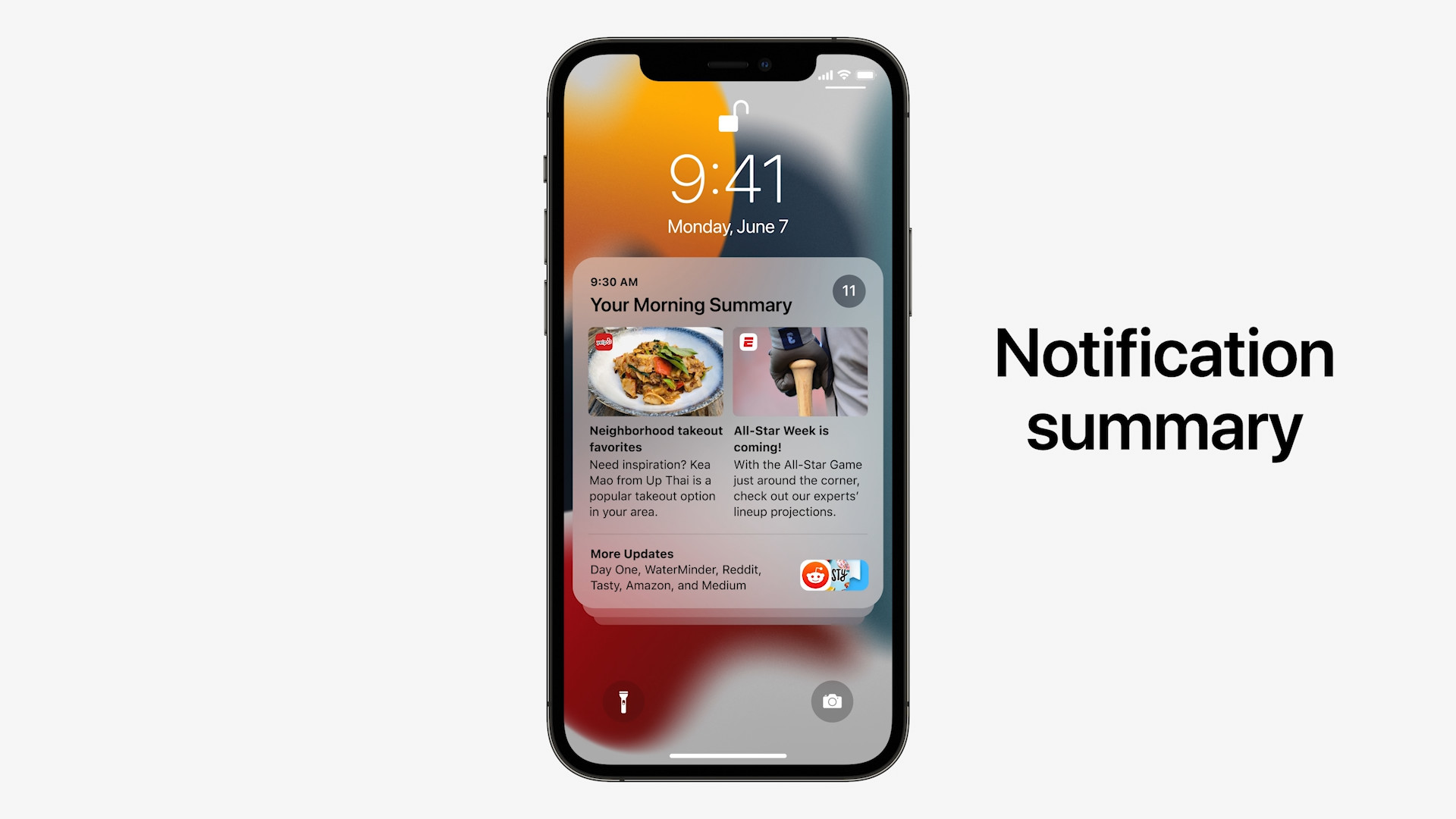


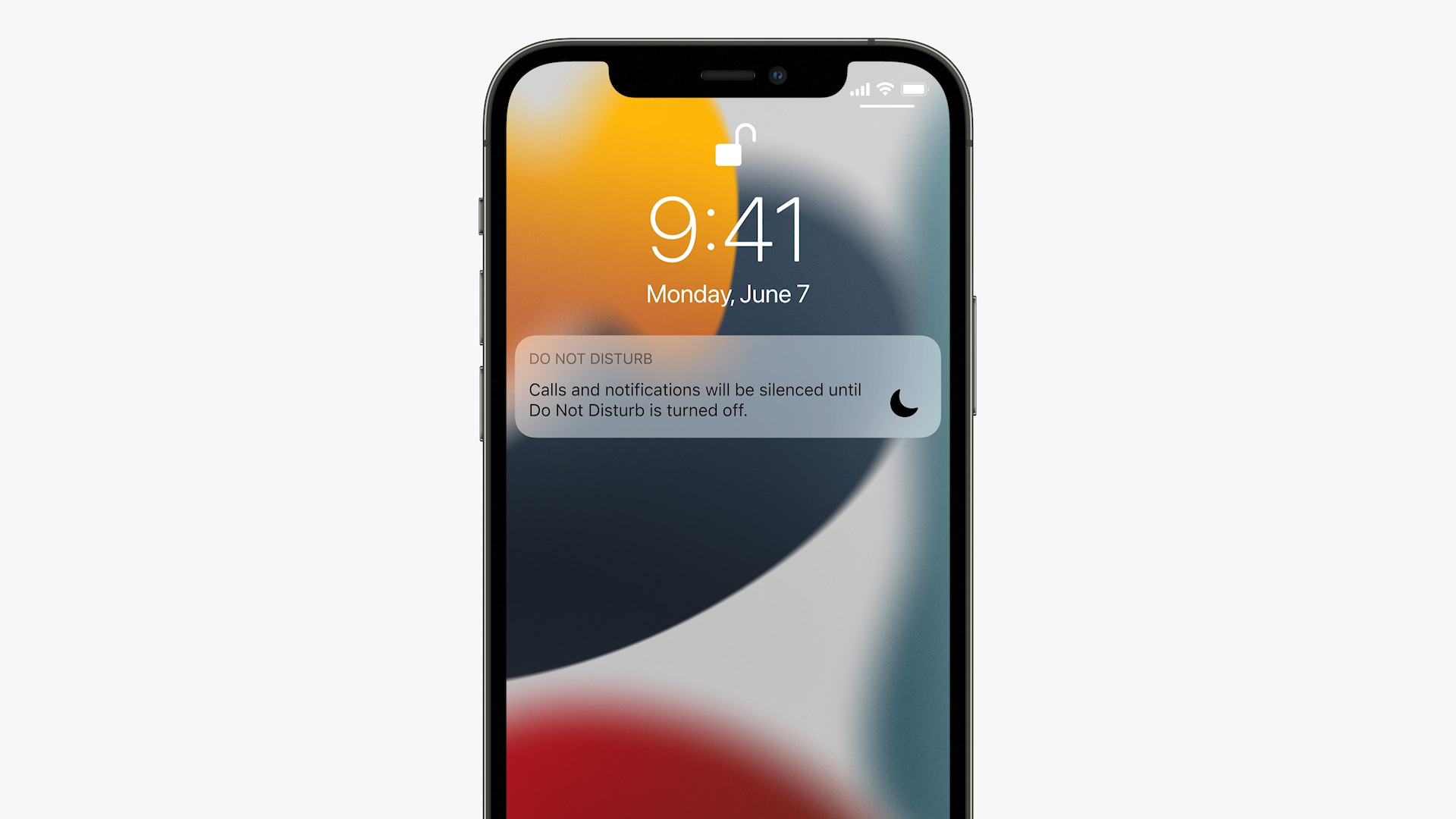

 Adam Kos
Adam Kos
I see no reason why I should stay on the older version, I always have the latest version very quickly and it has never been a step back and problems.